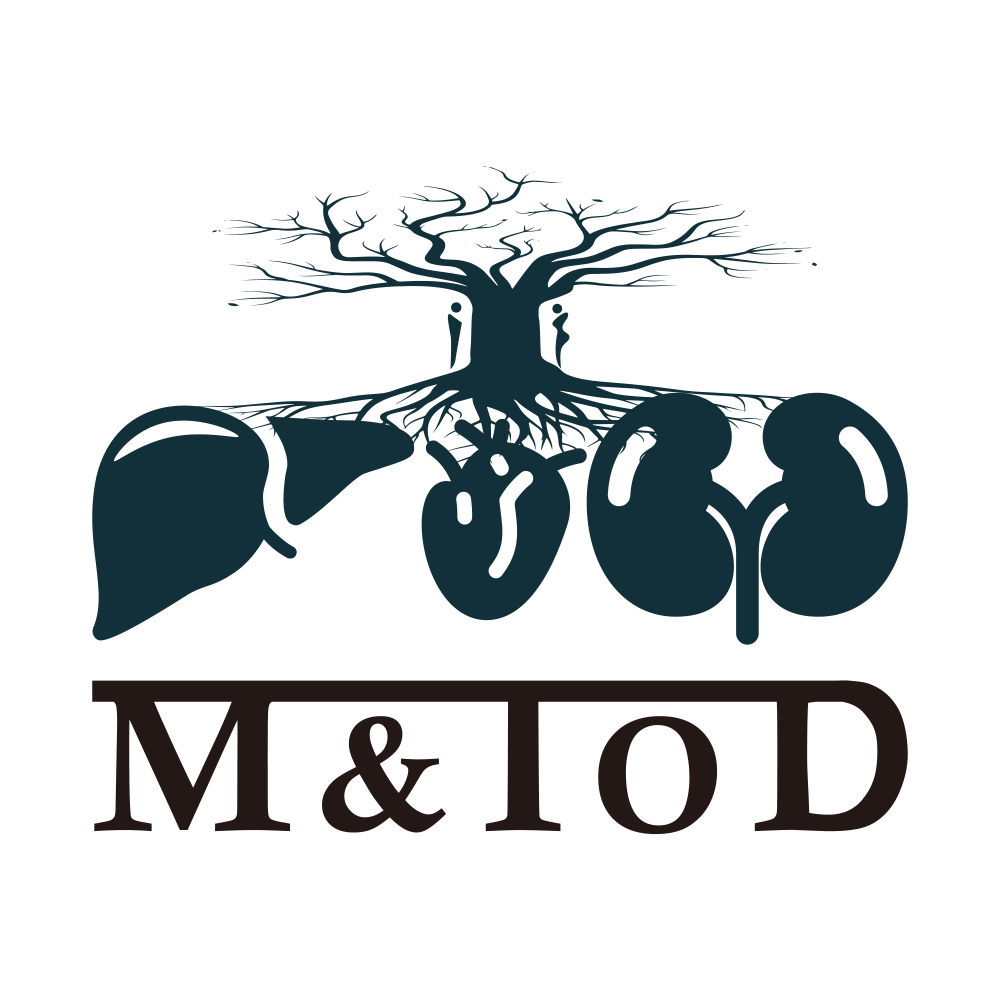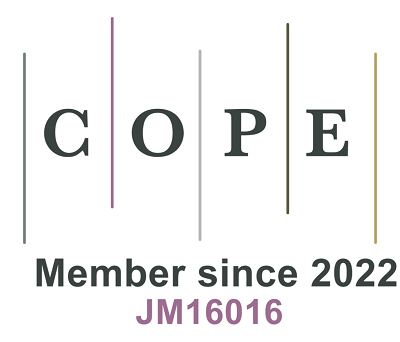REFERENCES
1. Dibben G, Faulkner J, Oldridge N, et al. Exercise-based cardiac rehabilitation for coronary heart disease. Cochrane Database Syst Rev. 2021;11:CD001800.
2. Taylor RS, Dalal HM, McDonagh STJ. The role of cardiac rehabilitation in improving cardiovascular outcomes. Nat Rev Cardiol. 2022;19:180-94.
3. Tutor A, Lavie CJ, Kachur S, Dinshaw H, Milani RV. Impact of cardiorespiratory fitness on outcomes in cardiac rehabilitation. Prog Cardiovasc Dis. 2022;70:2-7.
4. Brown TM, Pack QR, Aberegg E, et al; American Heart Association Exercise. Core components of cardiac rehabilitation programs: 2024 update: a scientific statement from the American heart association and the American association of cardiovascular and pulmonary rehabilitation. Circulation. 2024;150:e328-47.
5. De Schutter A, Kachur S, Lavie CJ, et al. Cardiac rehabilitation fitness changes and subsequent survival. Eur Heart J Qual Care Clin Outcomes. 2018;4:173-9.
6. Chow LS, Gerszten RE, Taylor JM, et al. Exerkines in health, resilience and disease. Nat Rev Endocrinol. 2022;18:273-89.
7. Wang RS, Maron BA, Loscalzo J. Multiomics network medicine approaches to precision medicine and therapeutics in cardiovascular diseases. Arterioscler Thromb Vasc Biol. 2023;43:493-503.
8. Alemu R, Sharew NT, Arsano YY, et al. Multi-omics approaches for understanding gene-environment interactions in noncommunicable diseases: techniques, translation, and equity issues. Hum Genomics. 2025;19:8.
9. Krishnamurthy HK, Reddy S, Jayaraman V, et al. Association between high-sensitivity C-reactive protein (hs-CRP) levels with lipids and micronutrients. Cureus. 2024;16:e67268.
10. Wazir M, Olanrewaju OA, Yahya M, et al. Lipid disorders and cardiovascular risk: a comprehensive analysis of current perspectives. Cureus. 2023;15:e51395.
11. Khan S, Ince-Dunn G, Suomalainen A, Elo LL. Integrative omics approaches provide biological and clinical insights: examples from mitochondrial diseases. J Clin Invest. 2020;130:20-8.
12. Nativio R, Lan Y, Donahue G, et al. An integrated multi-omics approach identifies epigenetic alterations associated with Alzheimer’s disease. Nat Genet. 2020;52:1024-35.
13. Leopold JA, Loscalzo J. Emerging role of precision medicine in cardiovascular disease. Circ Res. 2018;122:1302-15.
15. Zaree A, Dev S, Yaseen Khan I, et al. Cardiac rehabilitation in the modern era: optimizing recovery and reducing recurrence. Cureus. 2023;15:e46006.
16. Sabbahi A, Canada JM, Babu AS, Severin R, Arena R, Ozemek C. Exercise training in cardiac rehabilitation: setting the right intensity for optimal benefit. Prog Cardiovasc Dis. 2022;70:58-65.
17. Sarno F, Benincasa G, List M, et al; International Network Medicine Consortium. Clinical epigenetics settings for cancer and cardiovascular diseases: real-life applications of network medicine at the bedside. Clin Epigenetics. 2021;13:66.
18. Wu G, Zhang X, Gao F. The epigenetic landscape of exercise in cardiac health and disease. J Sport Health Sci. 2021;10:648-59.
19. Ferrari L, Vicenzi M, Tarantini L, et al. Effects of physical exercise on endothelial function and DNA methylation. Int J Environ Res Public Health. 2019;16:2530.
20. Ma Y, Liu H, Wang Y, et al. Roles of physical exercise-induced MiR-126 in cardiovascular health of type 2 diabetes. Diabetol Metab Syndr. 2022;14:169.
21. Li J, Wang Z, Li C, et al. Impact of exercise and aging on mitochondrial homeostasis in skeletal muscle: roles of ROS and epigenetics. Cells. 2022;11:2086.
22. Zhu M, Zhang C, Zhang Z, et al. Changes in transcriptomic landscape in human end-stage heart failure with distinct etiology. iScience. 2022;25:103935.
23. Pillon NJ, Gabriel BM, Dollet L, et al. Transcriptomic profiling of skeletal muscle adaptations to exercise and inactivity. Nat Commun. 2020;11:470.
24. Rubenstein AB, Hinkley JM, Nair VD, et al. Skeletal muscle transcriptome response to a bout of endurance exercise in physically active and sedentary older adults. Am J Physiol Endocrinol Metab. 2022;322:E260-77.
25. DeGroat W, Abdelhalim H, Patel K, Mendhe D, Zeeshan S, Ahmed Z. Discovering biomarkers associated and predicting cardiovascular disease with high accuracy using a novel nexus of machine learning techniques for precision medicine. Sci Rep. 2024;14:1.
26. Chandramouli K, Qian PY. Proteomics: challenges, techniques and possibilities to overcome biological sample complexity. Hum Genomics Proteomics. 2009;2009:239204.
27. Al-Menhali AS, Anderson C, Gourine AV, Abramov AY, D'Souza A, Jaganjac M. Proteomic analysis of cardiac adaptation to exercise by high resolution mass spectrometry. Front Mol Biosci. 2021;8:723858.
28. Kurgan N, Noaman N, Pergande MR, Cologna SM, Coorssen JR, Klentrou P. Changes to the human serum proteome in response to high intensity interval exercise: a sequential top-down proteomic analysis. Front Physiol. 2019;10:362.
29. Sim YJ, Yu S, Yoon KJ, Loiacono CM, Kohut ML. Chronic exercise reduces illness severity, decreases viral load, and results in greater anti-inflammatory effects than acute exercise during influenza infection. J Infect Dis. 2009;200:1434-42.
30. Billebeau G, Vodovar N, Sadoune M, Launay JM, Beauvais F, Cohen-Solal A. Effects of a cardiac rehabilitation programme on plasma cardiac biomarkers in patients with chronic heart failure. Eur J Prev Cardiol. 2017;24:1127-35.
31. Mi S, Jiang H, Zhang L, et al. Regulation of cardiac-specific proteins expression by moderate-intensity aerobic exercise training in mice with myocardial infarction induced heart failure using MS-based proteomics. Front Cardiovasc Med. 2021;8:732076.
32. Luo C, Li L, Hou L, Shi F. Effects of tiered cardiac rehabilitation on CRP, TNF-α, and physical endurance in older adults with coronary heart disease. Open Life Sci. 2025;20:20221040.
33. Fulghum K, Hill BG. Metabolic mechanisms of exercise-induced cardiac remodeling. Front Cardiovasc Med. 2018;5:127.
34. Shah RV, Miller P, Colangelo LA, et al. Blood-based fingerprint of cardiorespiratory fitness and long-term health outcomes in young adulthood. J Am Heart Assoc. 2022;11:e026670.
35. Corbi G, Conti V, Troisi J, et al. Cardiac rehabilitation increases SIRT1 activity and β-hydroxybutyrate levels and decreases oxidative stress in patients with HF with preserved ejection fraction. Oxid Med Cell Longev. 2019;2019:7049237.
36. Fukuda T, Kurano M, Fukumura K, et al. Cardiac rehabilitation increases exercise capacity with a reduction of oxidative stress. Korean Circ J. 2013;43:481-7.
37. Griffiths WJ, Koal T, Wang Y, Kohl M, Enot DP, Deigner HP. Targeted metabolomics for biomarker discovery. Angew Chem Int Ed Engl. 2010;49:5426-45.
38. Zhang A, Sun H, Wang X. Power of metabolomics in biomarker discovery and mining mechanisms of obesity. Obes Rev. 2013;14:344-9.
39. Reynoso-García J, Miranda-Santiago AE, Meléndez-Vázquez NM, et al. A complete guide to human microbiomes: Body niches, transmission, development, dysbiosis, and restoration. Front Syst Biol. 2022;2:951403.
40. Wu HJ, Wu E. The role of gut microbiota in immune homeostasis and autoimmunity. Gut Microbes. 2012;3:4-14.
41. Nesci A, Carnuccio C, Ruggieri V, et al. Gut microbiota and cardiovascular disease: evidence on the metabolic and inflammatory background of a complex relationship. Int J Mol Sci. 2023;24:9087.
42. McIntyre CW, Harrison LE, Eldehni MT, et al. Circulating endotoxemia: a novel factor in systemic inflammation and cardiovascular disease in chronic kidney disease. Clin J Am Soc Nephrol. 2011;6:133-41.
43. Tang WH, Hazen SL. Probiotic therapy to attenuate weight gain and trimethylamine-N-Oxide generation: a cautionary tale. Obesity (Silver Spring). 2015;23:2321-2.
44. Novakovic M, Rout A, Kingsley T, et al. Role of gut microbiota in cardiovascular diseases. World J Cardiol. 2020;12:110-22.
45. Loeffelholz M, Fofanov Y. The main challenges that remain in applying high-throughput sequencing to clinical diagnostics. Expert Rev Mol Diagn. 2015;15:1405-8.









